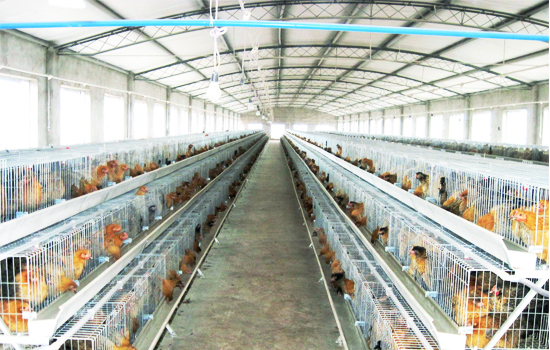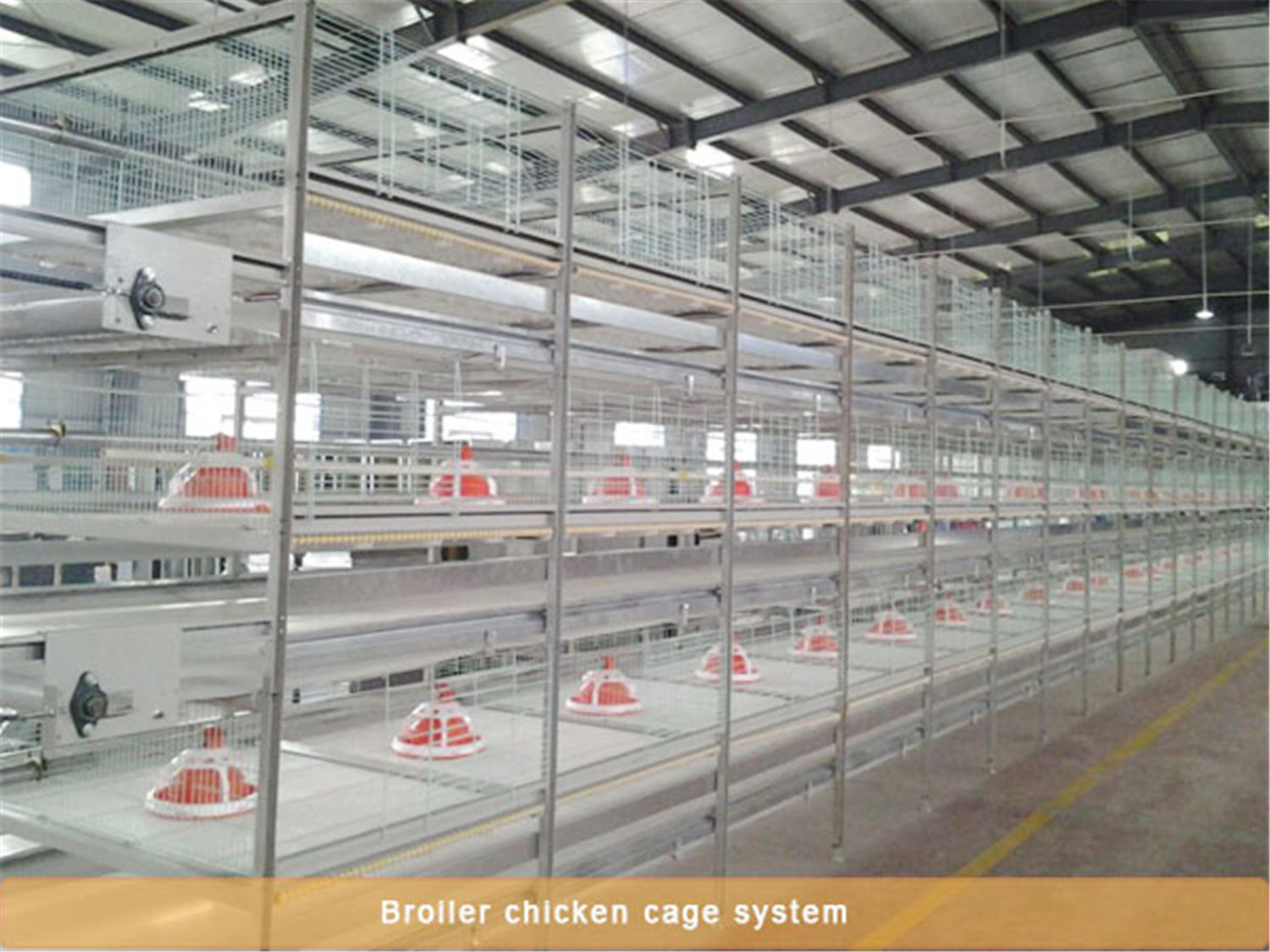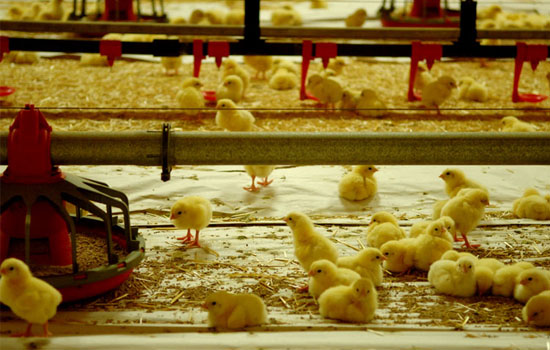Production advantages of using broiler cages to raise broilers
- Published in Method of breeding chicken
Because the demand for broiler chickens is getting bigger and bigger in the society, some people have seen business opportunities and started to raise broilers. The chicken meat is rich in protein and the meat is delicious, which is very popular among people. So what kind of production advantages does it have for farmers to use broiler battery cages to raise broilers? The authors refer to the experience of poultry equipment manufacturers and now share them with farmers.
1. Early growth of broilers is very fast. Generally, the weight of the chicks is 40 grams. After 56 days of feeding, the body weight is close to 2000 grams, which is 50 times the weight of the shell. Some people like to compare the early growth rate of broilers is "100 meters race", feeding management techniques must be appropriate, otherwise it is difficult to make up.
2. Short production cycle and fast turnover. Domestic broilers usually reach the market standard at 8 weeks of age and weigh more than 1.5 kg. After each batch, they should be cleaned, disinfected and fumigated for 10-14 days. A batch of pigs is raised in about 10 weeks. If the chicks are supplied in time, 5 batches can be produced in one year.

3. The feed utilization efficiency is high. The domestic conversion rate of broiler feed is 2.5-2.8:1, which is close to 2:1 in many countries around the world. Broilers shorten the developmental stage by increasing early growth rate and are listed at 7 weeks of age to further increase feed conversion.
4. Chicken cages have high stocking density and high utilization rate of chicken houses. Compared with laying hens, broilers are quiet and not moving. In addition to eating and drinking water, they rarely fight, especially in the late fattening period, due to the rapid increase in body weight, the amount of activity is greatly reduced. Although the density increases with the growth of the chicken, the density of the air in the house is small, and the breeding density can be increased as long as there is suitable ventilation. Generally, the density of light chicken cages is 24-32/m2, and that of medium chickens is 20-24/m2.
5. Suitable for automatic poultry breeding equipment to save labor. Feeding broiler chickens is caged, with high density, chickens are in cages, feeding, picking eggs, clearing dung, epidemic prevention, etc., and automated production lines can improve labor efficiency.
6. Improve feed efficiency by 5-10% and reduce total cost by 3-7%.
7. It is not easy to get coccidiosis, which can save a lot of expenses.





